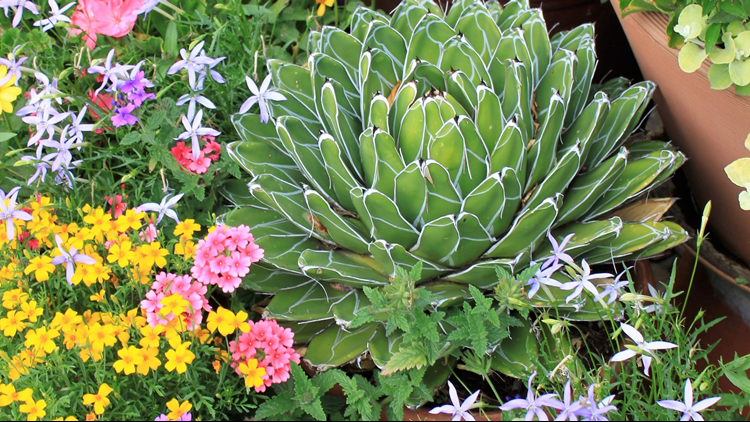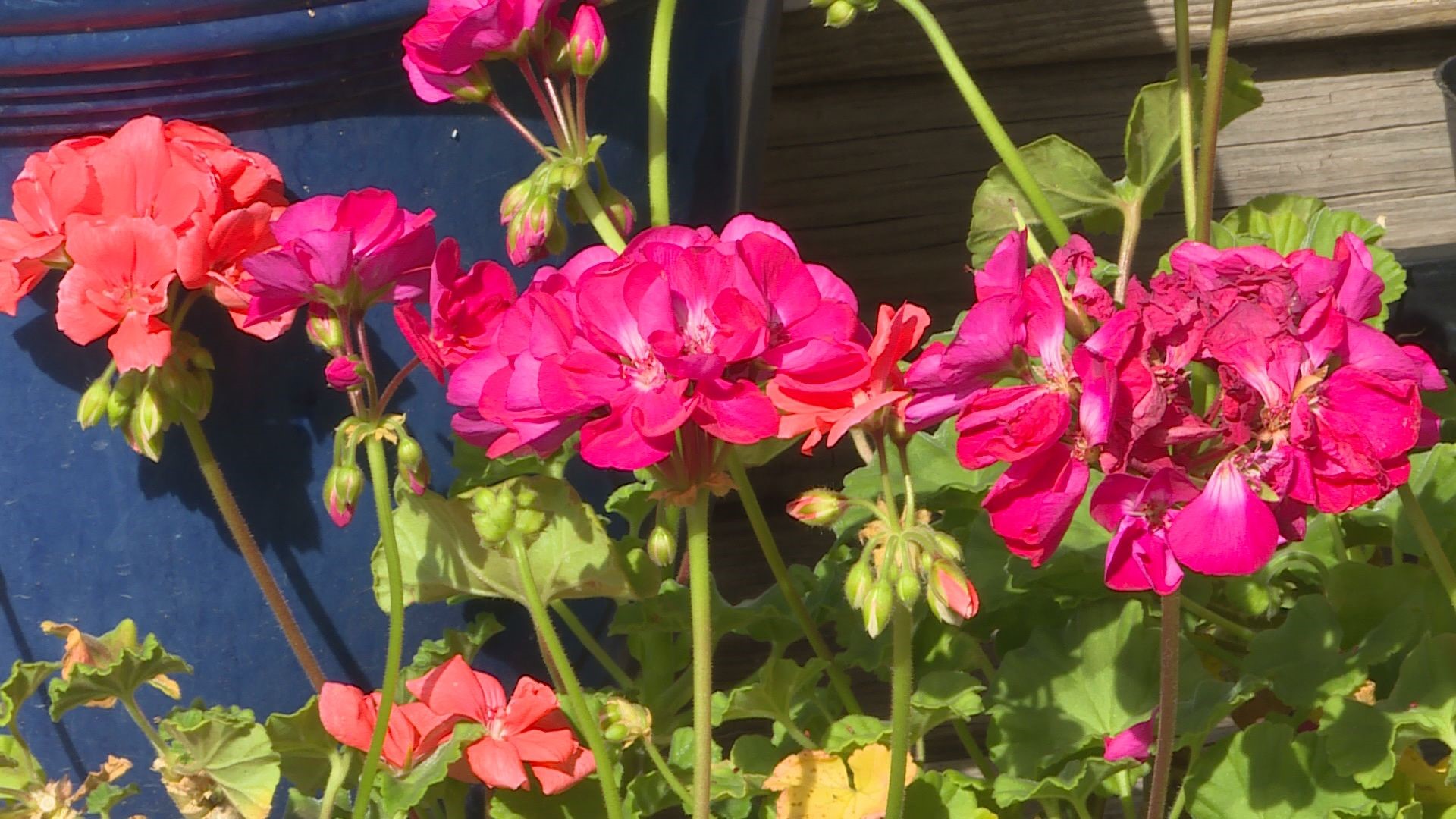KUSA — Succulents are the hottest trend in gardening. That's appropriate, given that they take hot, dry weather better than any other plants.
All cacti are succulents, but not all succulents are cacti. There are literally thousands of species of succulent plants. They store water in their thick leaves or stems. They're often armed with sharp quills, barbs or points. Many of them have beautiful flowers. Cactus flowers are especially pretty, often large, colorful and fragrant.
Succulents appeal to a large group of gardeners. Hardy ones survive winter cold and tender ones can be grown indoors and summered outdoors. They need little water in summer and even less in winter. They best way to kill a succulent is to overwater it.
Bright light is essential. A south or west window is best for indoor specimens. When moving plants outside in spring, take care to start out under trees or use a shade cloth for several weeks to expose them gradually to full sun. Otherwise they will scorch terribly and take months--if not years--to recover. Avoid this problem by growing them in partial shade; Colorado sun provides plenty of bright light, even in shade.
Standard clay pots are perfectly suitable for succulents. Use small ones that aren't much bigger than the plastic nursery pot that you buy the plant in. Slow growers, the plants rarely need to be re-potted. Use a gritty soil formulated for cacti and succulents. The plants are usually top-dressed with a one-inch layer of fine gravel. This holds in moisture and mimics desert growing conditions. Add decorative rocks or souvenir seashells. Fancy glazed or terra cotta pots really add to the presentation of your collection.
A collection of succulents can make a wonderful grouping, indoors or out. The plants make dynamic accents to flowering plants on the patio. In fall, bring tender specimens indoors to a sunny window. They can easily survive a light frost. After they're safely inside, leave them alone. Benign neglect is best.



